VOLE ON A ROLL
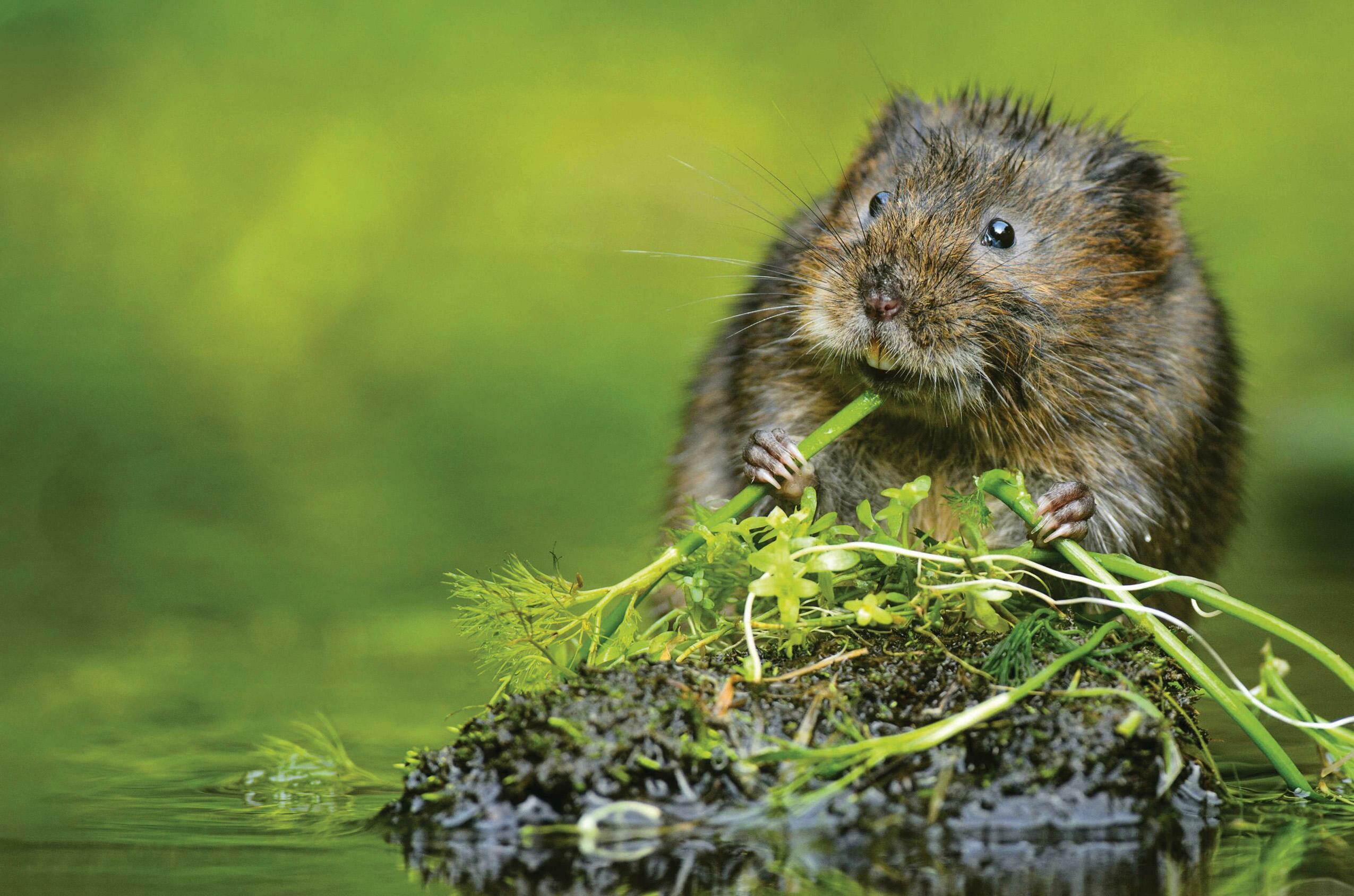
IT'S NOT OFTEN THAT respectable conservationists dare to utter the c-word, but when a small, furred head pops up above its straw refuge, there is more than one exclamation of "Oh, they're so cute!"
We are gathered in the yard of Trelusback Farm, Cornwall, helping to ferry cages from a van and stack them in a small barn, the only refuge from the dour weather. Apples and carrots are being chopped, lists being crosschecked and release cages being readied. Occasionally a soft brown face peers out to observe the proceedings, nostrils flaring to reveal a flash of bright orange teeth.
But amidst the adorable animals, vintage tractors and wistful stories of childhood sightings, we are conscious of the seriousness of the occasion. We are preparing for a groundbreaking moment: 116 water voles are about to take their first tentative steps here, the first time the species has graced south Cornwall for over two decades.
Water voles, small riparian mammals with chestnut-fur, stubby noses and furry tails, were declared extinct in Cornwall in the late 1990s. There were successful releases in north Cornwall in 2014 but, until now, in south Cornwall you were more likely to be confusing a vole with a rat – the two animals can look strikingly similar, particularly during brief encounters. Generations raised on Kenneth Grahame’s Wind in the Willows water vole protagonist, misleadingly named Ratty, can probably shoulder some of the blame for that.
Diese Geschichte stammt aus der July 2023-Ausgabe von BBC Wildlife.
Starten Sie Ihre 7-tägige kostenlose Testversion von Magzter GOLD, um auf Tausende kuratierte Premium-Storys sowie über 9.500 Zeitschriften und Zeitungen zuzugreifen.
Bereits Abonnent ? Anmelden
Diese Geschichte stammt aus der July 2023-Ausgabe von BBC Wildlife.
Starten Sie Ihre 7-tägige kostenlose Testversion von Magzter GOLD, um auf Tausende kuratierte Premium-Storys sowie über 9.500 Zeitschriften und Zeitungen zuzugreifen.
Bereits Abonnent? Anmelden

JAWS 50 THE LEGACY
Half a century after a great white shark terrified cinemagoers, we hunt down the lasting impacts of Spielberg's blockbuster
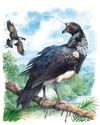
PRIMAL SCREAM
A wildly unusual bird call shatters the peace of a tropical dawn
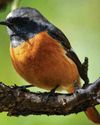
Find more birds more of the time with multi-spectrum binoculars from HIKMICRO
Find more birds more of the time with multi-spectrum binoculars from HIKMICRO

Losing touch with reality
As AI becomes increasingly powerful, what does it mean for the wildlife images we see?

Bongos have come home
The secretive antelope is hoping for better times in Kenya
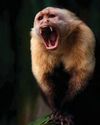
Do animals get stressed?
We often think of stress as a bad thing, but it has evolved to protect us. When we find ourselves in life-threatening situations, our bodies prepare to fight or run.
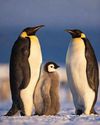
Secrets of the Penguins
New series for National Geographic offers unprecedented insight
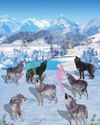
How I learned to speak wolf
Deep in Yellowstone's Lamar Valley, George Bumann develops a sense of what wolves' howls can mean
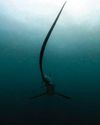
Which animal has the longest tail?
STRICTLY SPEAKING, THE TAIL-LIKE structures found in everything from scorpions to mayflies are not true tails. Only vertebrates – animals with a spine – are genuine tail-owners. And among vertebrates, tails are really common.

Lesser goldfinches are moving north
Warmer temperatures are leading these irrepressible golden-hued birds to expand their range in the USA
